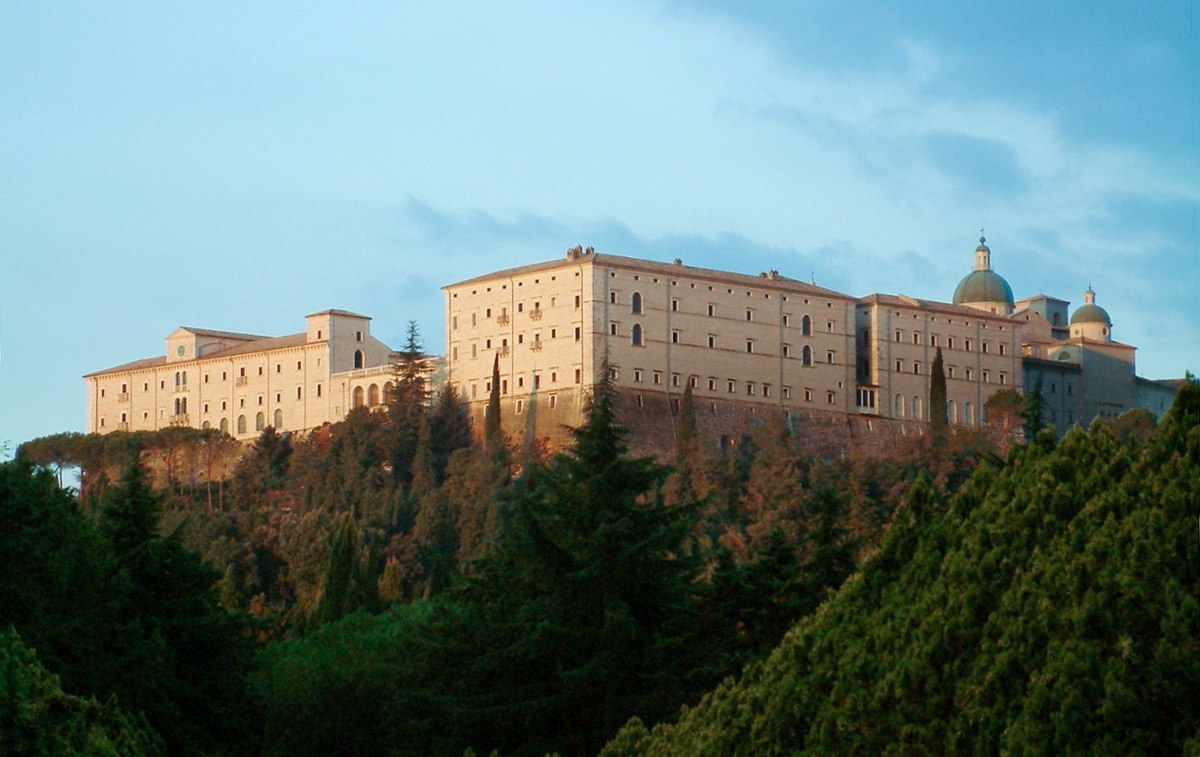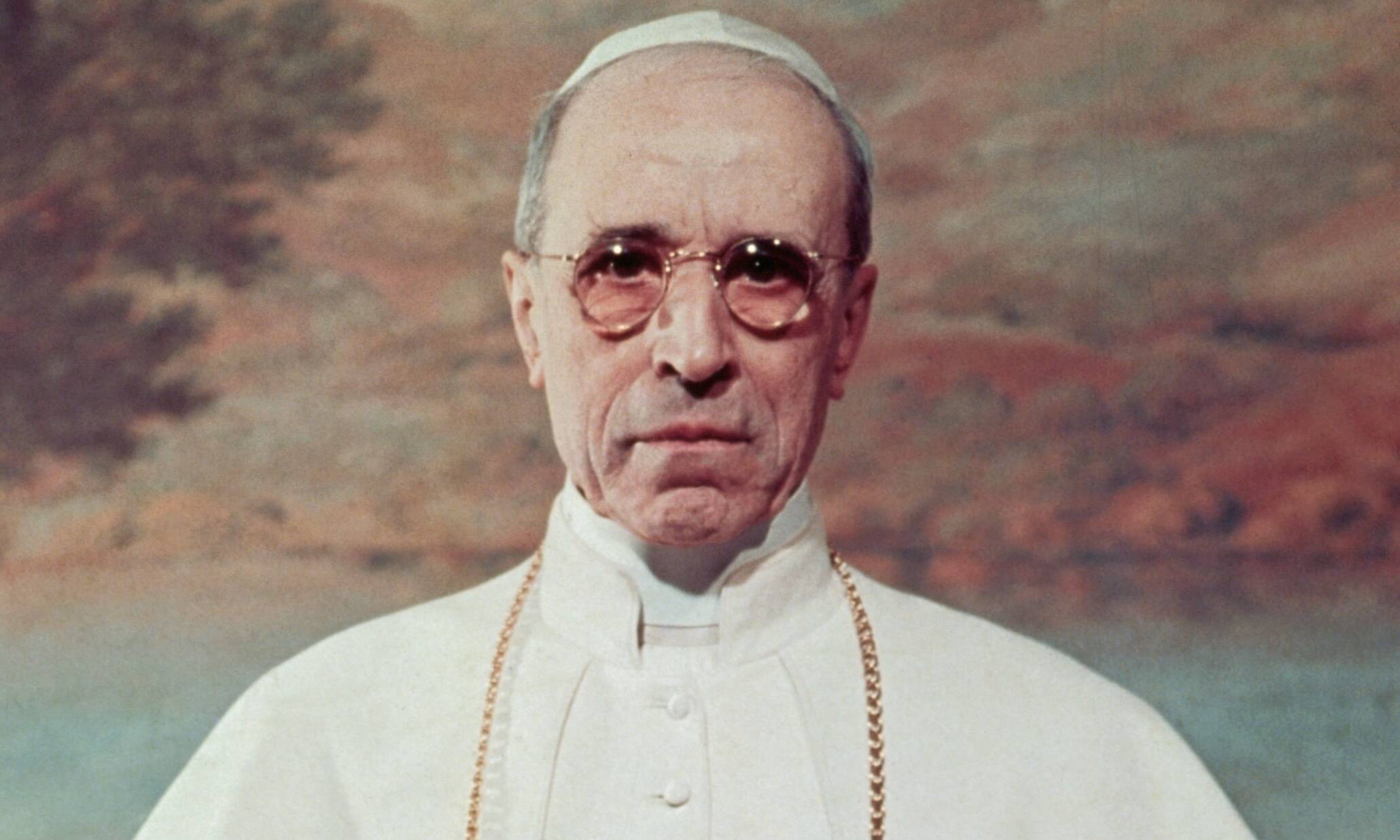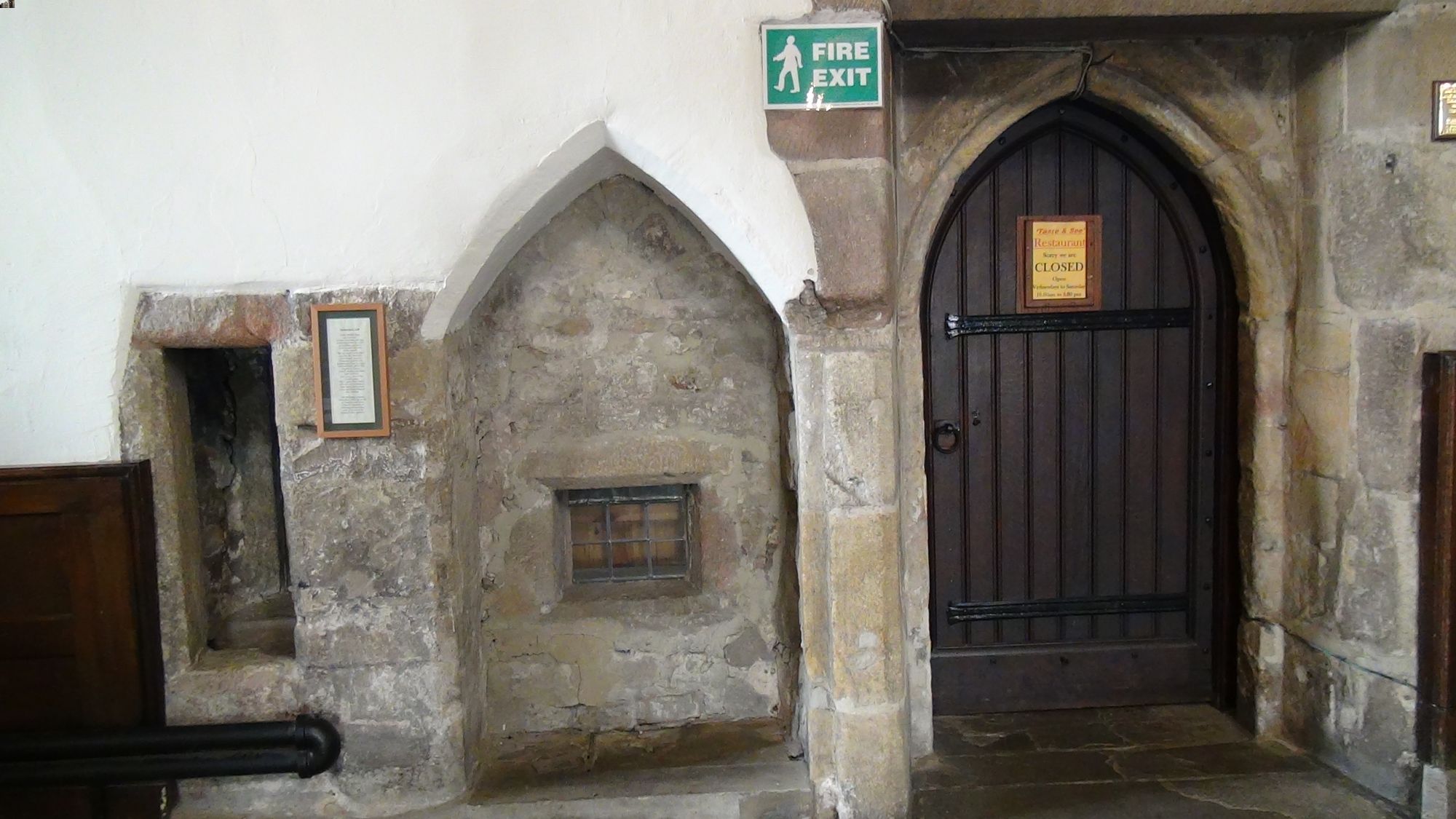
Monasteries have always been shrouded in mystery and intrigue. These sacred places, often perched on remote hills or nestled in serene valleys, serve as spiritual havens for monks and nuns. But what really goes on behind those ancient walls? Monasteries are not just about prayer and meditation; they are centers of learning, art, and community life. From the daily routines of the inhabitants to the architectural marvels that house them, there's a lot to uncover. Ever wondered how monks spend their days or what kind of food they eat? Curious about the history and significance of these spiritual sanctuaries? Let's dive into 20 fascinating facts that will give you a deeper understanding of monasteries and their enduring allure.
Ancient Origins
Monasteries have a rich history that dates back thousands of years. These sacred places have been centers of spirituality, learning, and community.
-
The earliest monasteries were established in the 4th century in Egypt. These were known as cenobitic monasteries, where monks lived communally.
-
Buddhist monasteries, called vihara, originated in India around the 5th century BCE. They served as both religious and educational centers.
-
The word "monastery" comes from the Greek word monasterion, meaning "a place to live alone."
Architectural Marvels
Monasteries are often architectural wonders, showcasing unique styles and designs that reflect their cultural and historical contexts.
-
The Meteora monasteries in Greece are built atop towering rock pillars, making them some of the most inaccessible and stunning monasteries in the world.
-
Tibetan monasteries like the Potala Palace are known for their intricate designs and vibrant colors, often perched on high altitudes.
-
Medieval European monasteries were often self-sufficient, featuring farms, mills, and workshops within their walls.
Centers of Learning
Monasteries have long been hubs of education and knowledge preservation, especially during times when such resources were scarce.
-
During the Middle Ages, monasteries were among the few places where books were copied and preserved, safeguarding much of Western knowledge.
-
Nalanda University, an ancient Buddhist monastery in India, was one of the world's first residential universities, attracting scholars from all over Asia.
-
Monks in medieval Europe often acted as scribes, copying manuscripts by hand in scriptoria.
Spiritual Practices
Monasteries are primarily places of spiritual practice, where monks and nuns dedicate their lives to religious devotion.
-
Benedictine monks follow the Rule of Saint Benedict, which emphasizes prayer, work, and communal living.
-
Zen Buddhist monasteries focus on meditation (zazen) as a path to enlightenment.
-
Orthodox Christian monasteries often practice the Jesus Prayer, a form of contemplative prayer.
Cultural Impact
Monasteries have had a significant impact on culture and society, influencing art, literature, and even politics.
-
Gregorian chant, a form of plainchant, originated in Benedictine monasteries and has influenced Western music.
-
Monastic brewing has a long tradition, with Trappist monks being famous for their high-quality beers.
-
Many famous medieval illuminated manuscripts, like the Book of Kells, were created in monasteries.
Modern Monasteries
Even today, monasteries continue to play a vital role in spiritual and communal life, adapting to modern needs while preserving ancient traditions.
-
New Skete Monastery in New York is known for its unique blend of Eastern Orthodox spirituality and modern American culture.
-
Gampo Abbey in Nova Scotia is a Buddhist monastery that offers retreats and teachings in the Tibetan tradition.
-
Taizé Community in France is an ecumenical monastic order that attracts thousands of young people from around the world.
Unique Traditions
Monasteries around the world have unique traditions that set them apart, reflecting the diversity of religious practices.
-
Shaolin Monastery in China is famous for its association with martial arts, particularly Kung Fu.
-
Mount Athos in Greece is an autonomous monastic state where only male monks are allowed, and women are prohibited from entering.
Final Thoughts on Monasteries
Monasteries hold a treasure of history, culture, and spirituality. They’ve been around for centuries, serving as places of worship, learning, and refuge. From the serene landscapes of Tibetan monasteries to the architectural marvels of European abbeys, each one tells a unique story. Monks and nuns dedicate their lives to prayer, study, and community service, offering a glimpse into a life of simplicity and devotion. These sacred places also attract tourists, historians, and spiritual seekers, making them significant beyond their religious roles. Whether you're fascinated by their history, architecture, or spiritual practices, monasteries offer something for everyone. They remind us of the enduring human quest for meaning and peace. So next time you come across one, take a moment to appreciate its rich legacy. Monasteries are more than just buildings; they’re living testaments to human faith and resilience.
Was this page helpful?
Our commitment to delivering trustworthy and engaging content is at the heart of what we do. Each fact on our site is contributed by real users like you, bringing a wealth of diverse insights and information. To ensure the highest standards of accuracy and reliability, our dedicated editors meticulously review each submission. This process guarantees that the facts we share are not only fascinating but also credible. Trust in our commitment to quality and authenticity as you explore and learn with us.


